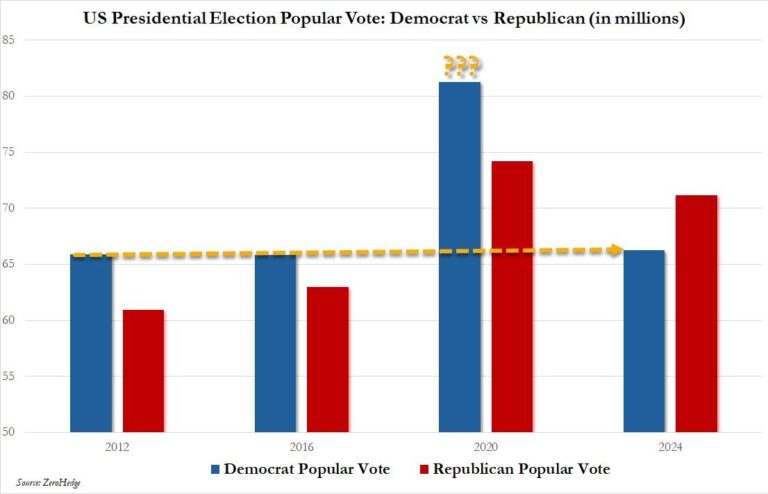Msgr. Charles Pope has a fascinating article at the blog of the Archdiocese of Washington in which he examines the effects of versus populum liturgical orientation.
At the end, he advocates what I have advocated for some time, that the liturgy of the Eucharist should be Ad Orientem.
Agree or disagree, it is a fascinating read that deserves your attention.
Indeed, we have the strange modern concept of the “closed circle” in so many modern conceptions of the Mass. Too often we are tediously self-referential and anthropocentric. So much of modern liturgy includes long lists of congratulatory references, both done by, but also expected of the celebrant.
Instead of the Liturgy being upwardly focused to God and outwardly toward the mission of the Church (to make disciples of all the nations), we tend today to “gather” and hunker down in rather closed circles looking at each other, and speaking at great length about ourselves.
We have even enshrined this architecturally in our modern circular and fan shaped churches that facilitate us looking at each other, and focusing inwardly, not up or put. The author Thomas Day once described Modern Catholic Liturgy as, “the aware, gathered community celebrating itself.” [1]
In the ancient orientation or “stance” of the Mass that was ubiquitous until 1965, the focus was outward and upward. Though disparaged by many in recent decades as the priest “having his back to the people” even this description shows the self obsession of the modern age. And to those speak this way about the liturgical orientation of almost 2,000 years, the answer must come, “The priest does not have his back to you. Actually it is not about you at all. The liturgy is about God. And the priest, and all the faithful are turned outward and upward to God.”
…
The direction of the Liturgy should be an “onward and upward” trajectory. But too often today it is inward, and it is difficult to perceive a motion upward to God or outward to evangelization.I realize that a post like this will generate considerable controversy. But remember that this is only a discussion. I do not argue for sudden or radical shifts in our liturgical stance, only that we should continue to discuss it and explore various options. I am only a priest, not a bishop and I do not argue that priests act independent of their bishop in significant matters such as this. Further, some settings are better for a change of stance than others. Great pastoral discretion is required in matters like these.
Neither do I argue for a return to Mass wholly facing the altar as was done in the past and still often is in the Extraordinary form. The Liturgy of the Word is authentically directed to the people of God for their edification, instruction and attention. It ought to be proclaimed to and toward them, as is fitting to its purpose and end. But the Eucharistic Prayer is directed to God, and not the celebrant is leading the faithful on procession to God. St. Augustine often ended the his sermon and the Liturgy of the Word by saying, “Let us turn to the Lord” and he then went up to the altar, facing it and leading the people to God.
The article is about more than liturgical orientation, but on its links to the crisis of leadership we face in the Church.



